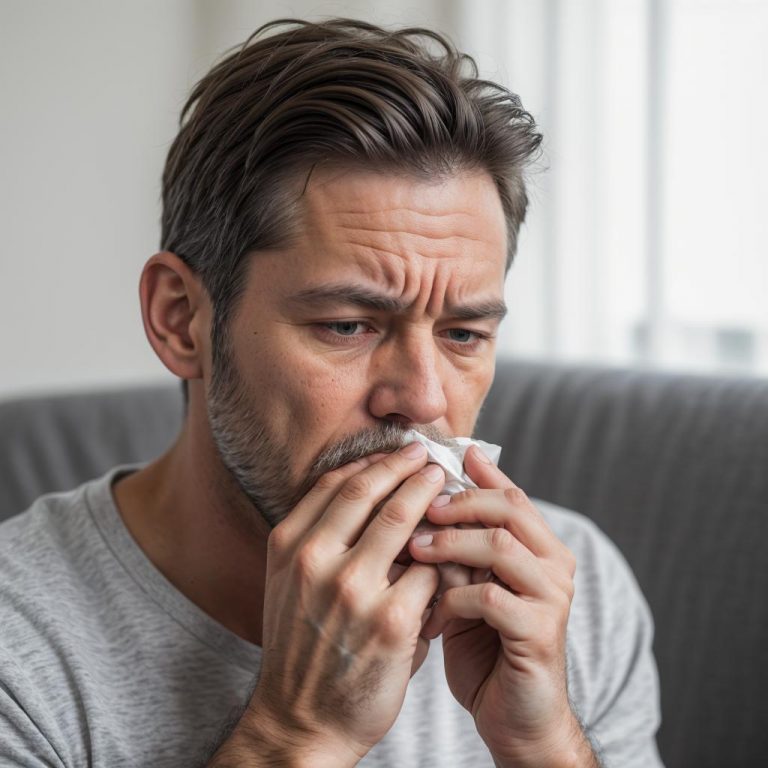
Allergies affect millions of people worldwide, causing discomfort, inconvenience, and sometimes even life-threatening reactions.
Traditional allergy treatments such as antihistamines and nasal sprays can offer relief, but they often come with side effects and may not address the underlying cause of the allergy. However, a promising alternative known as allergy drops, or sublingual immunotherapy (SLIT), is gaining traction as a safe and effective way to manage allergies.

What are allergy drops?
Allergy drops involve administering small doses of allergens under the tongue on a regular basis. This exposure helps the immune system build tolerance to specific allergens, reducing the severity of allergic reactions over time. Unlike allergy shots, which are administered via injections, allergy drops are convenient and can be self-administered at home.
How do allergy drops work?
When allergens are introduced into the body through the sublingual route (under the tongue), they interact with the immune system’s mucosal tissues. This interaction triggers a series of immune responses that ultimately lead to desensitization. Over time, the body learns to recognize the allergen as harmless, reducing the exaggerated immune response that causes allergy symptoms.
Benefits of allergy drops
1. Convenience: Allergy drops can be administered at home, eliminating the need for frequent visits to the doctor’s office.
2. Fewer Side Effects: Unlike allergy shots, which can cause discomfort and sometimes severe reactions, allergy drops typically have fewer side effects.
3. Effective: Studies have shown that allergy drops can significantly reduce allergy symptoms and medication use in both children and adults.
4. Safety: Allergy drops have a good safety profile and are suitable for children as well as adults.
5. Cost-Effective: While the initial cost of allergy drops may seem high, they can ultimately save money by reducing the need for other allergy medications and doctor visits.
Conditions treated with allergy drops
Allergy drops can be used to treat a variety of allergic conditions, including:
– Seasonal allergies (hay fever)
– Perennial allergies (dust mites, pet dander)
– Allergic asthma
– Allergic rhinitis
– Allergic conjunctivitis
Effectiveness of allergy drops
Numerous studies have demonstrated the effectiveness of allergy drops in reducing allergy symptoms and improving quality of life for allergy sufferers. One study published in the Journal of Allergy and Clinical Immunology found that participants who received allergy drops experienced a significant decrease in allergy symptoms compared to those who received a placebo. Another study published in the Annals of Allergy, Asthma & Immunology found that allergy drops were as effective as allergy shots in reducing allergy symptoms and medication use.
Allergy drops offer a promising alternative for the management of allergic conditions. With their convenience, effectiveness, and safety profile, they represent a valuable option for individuals seeking long-term relief from allergies. As more research is conducted and awareness grows, allergy drops have the potential to become a standard treatment for allergic reactions, improving the lives of millions of people worldwide.



